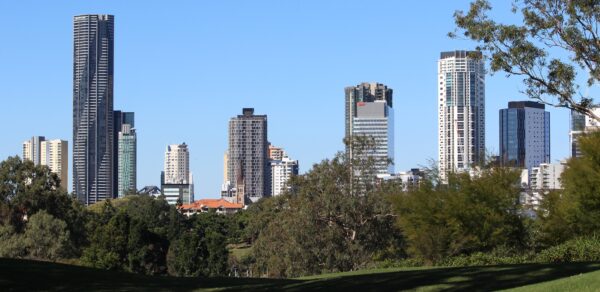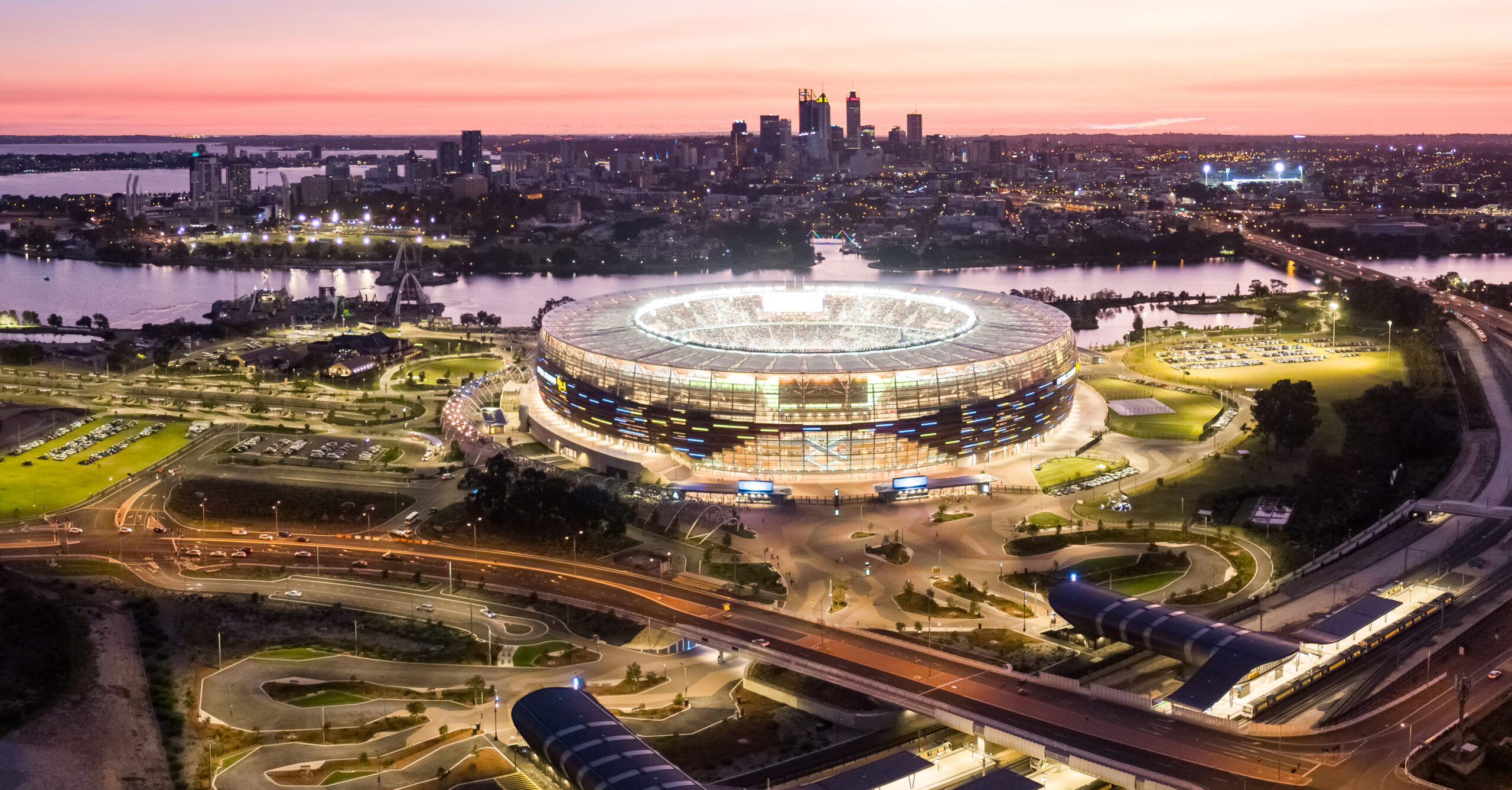Monash University researchers believe they have found the ideal size for an Australian city by pinpointing the ‘magic number’ of residents.
The university’s transport studies institute surveyed 655 cities and say sustainability peaks when a city’s population is within 4% of its ideal capacity (the level at which housing, jobs, transport and services are in balance).
It says cities operating to this 4% rule means renters can save an average of $1560 a year, 44,000 more people can walk to work and 275,000 households could cut back on cars.
The survey also revealed which cities were overstretched and which had untapped potential and highlighted why planning shouldn’t rely on blunt growth targets.
MONASH STUDY FINDINGS
- Perth (pop 2.1 million) and small regional centres like Port Pirie are operating near their ideal population size.
- Melbourne and the Gold Coast are at over-capacity resulting in higher costs and infrastructure strain.
- Smaller towns offer lower rents but rely more on cars.
- Mid-sized cities often have good train access yet were relatively isolated.
The study points to solutions like better transport links, more balanced job locations, and fairer land-use rules to help cities get to their ‘just right’ size.
To determine a city’s ideal size, the researchers used four established criteria: capital city status, access to jobs, services on offer and how well it’s connected.
Lead author, Associate Professor Liton Kamruzzaman says the study combines those criteria into a single model that can be used for city planning and urban growth.
“When a city grows too big, the signs are clear; longer commutes, traffic jams, soaring rents, and overcrowded services,” he says.
“When it’s too small, valuable infrastructure and opportunities go to waste.”
He claims this research can help in designing new cities to house a population that avoids the risks of over- or under-capacity while existing cities can be redesigned through policy like transport links or decentralised jobs.
But Kamruzzaman also cautions against comparing the sizes of cities.
“This study shows it’s not about being large or small,” he explains.
“It’s about whether a city’s population matches what its systems can handle. That’s the key to sustainability.”
Click here to read the research paper.

AUSSIE SIX JOIN EU URBAN LIFE PROGRAM
Six Australian cities and regions will take part in an EU-led international urban and regional program on sustainable urban development.
The cities and regions taking part in the program are Brisbane, Adelaide, Melbourne, Gippsland, South West WA and Greater Hobart.
The program will bring the public sector together with businesses, research, educational and other partners to work on short-term pilot projects such as mobility, public spaces, energy transition, circular economy, urban food systems, urban industries, culture, education, and tourism.
Melbourne Lord Mayor Nicholas Reece says “whether it’s housing people, getting to net zero, improving social cohesion or building a stronger economy – all roads, and train lines, lead to the success of our cities”.
EU Ambassador to Australia Gabriel Visentin says there are common challenges facing urban residents like housing affordability and social cohesion.
“Through the (program), the EU strengthens a community of problem-solvers and supports participating cities and regions to partner on joint projects across the world.”
Other participating countries are China, Japan, India, Indonesia, Malaysia, South Korea, Thailand, Vietnam, New Zealand, United States, Canada, Argentina, Brazil, Chile, Colombia, Mexico and Peru.
OTHER MELBOURNE NEWS: state govt spells out suburban rail loop vision






